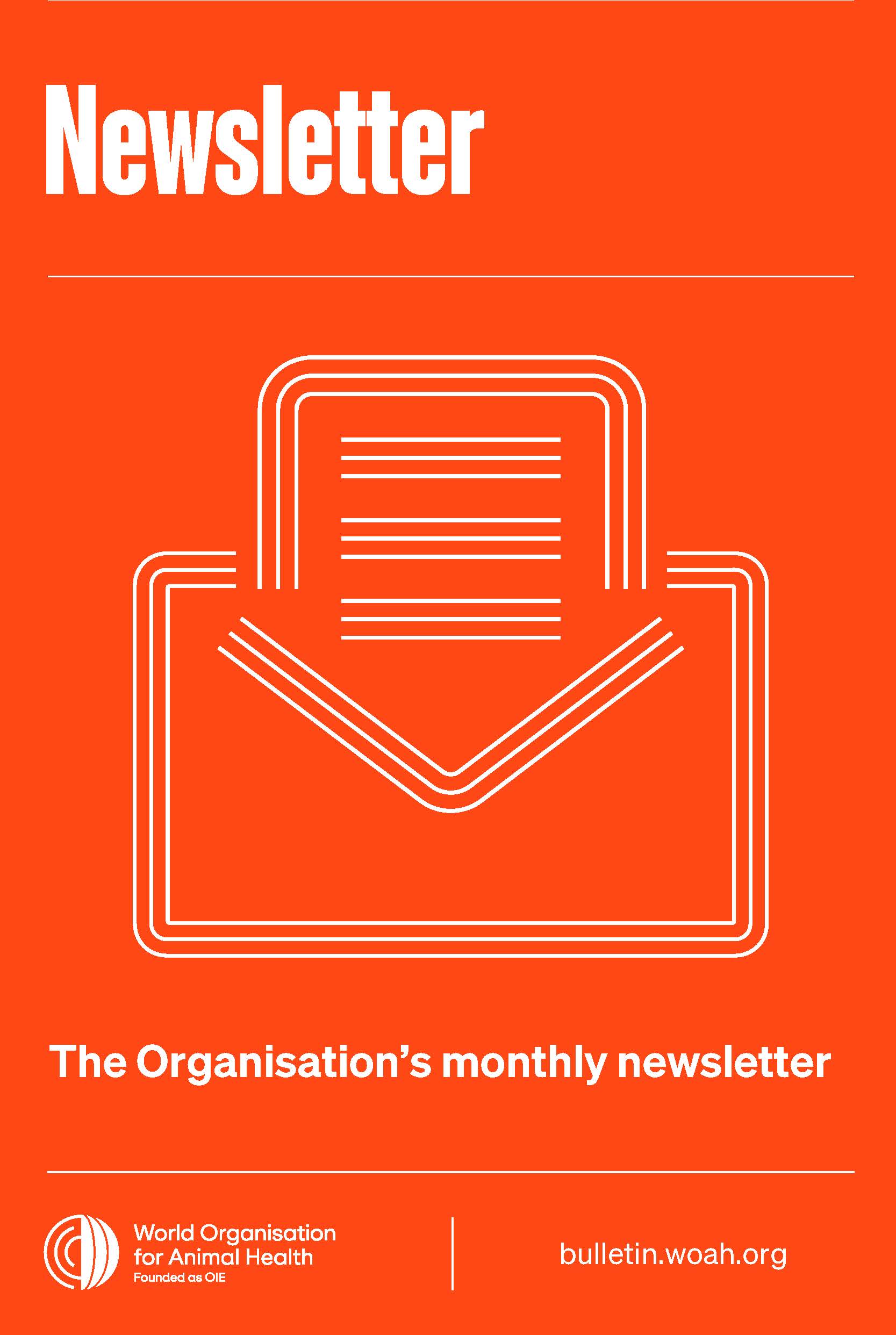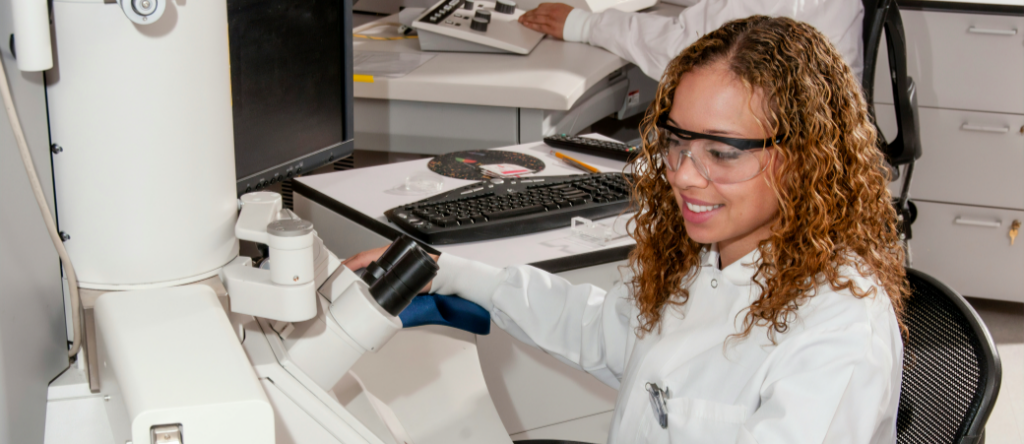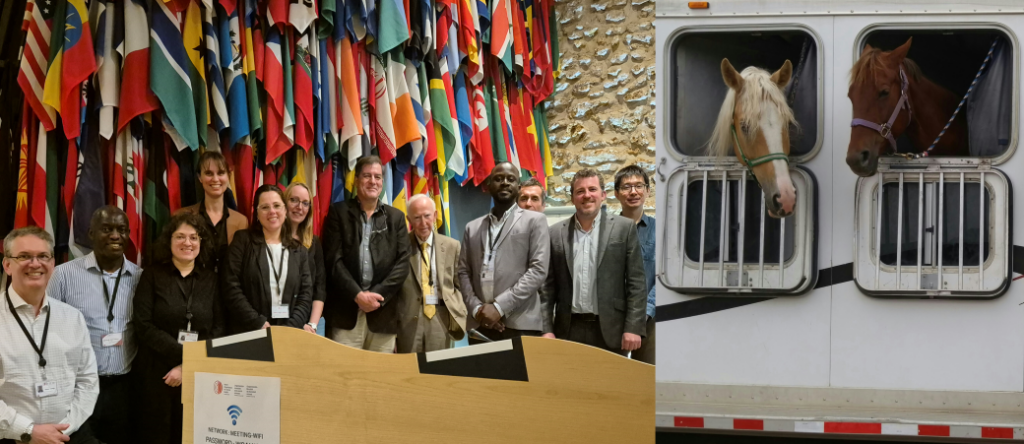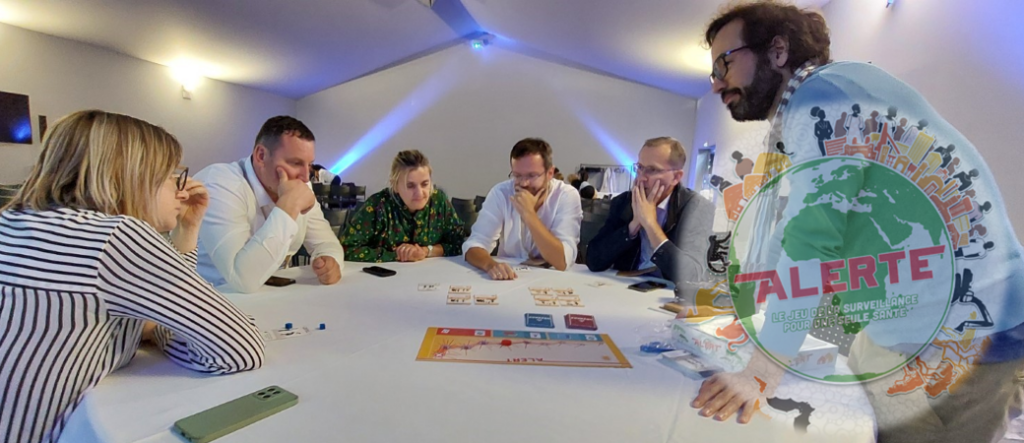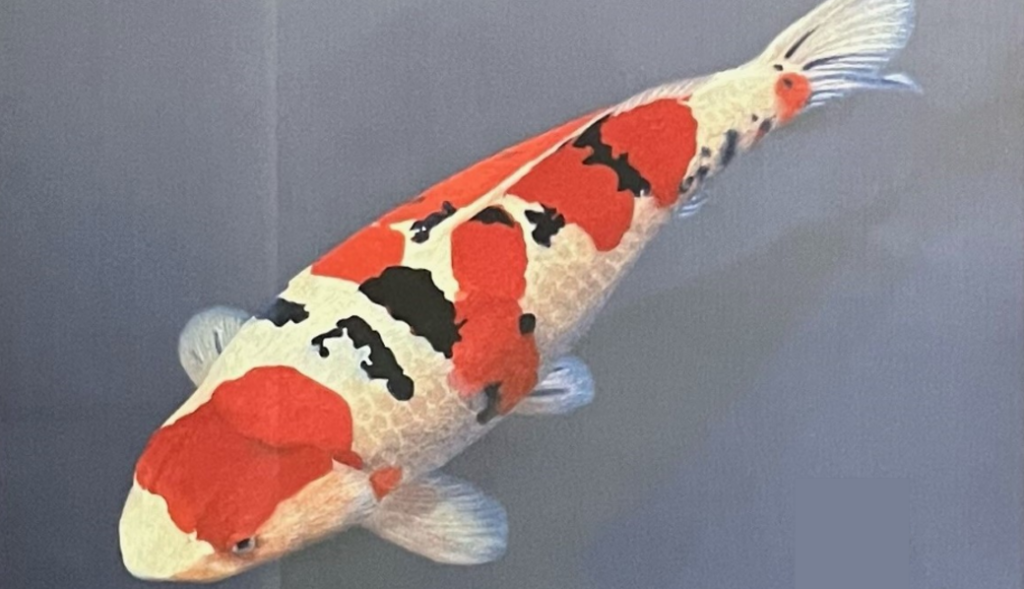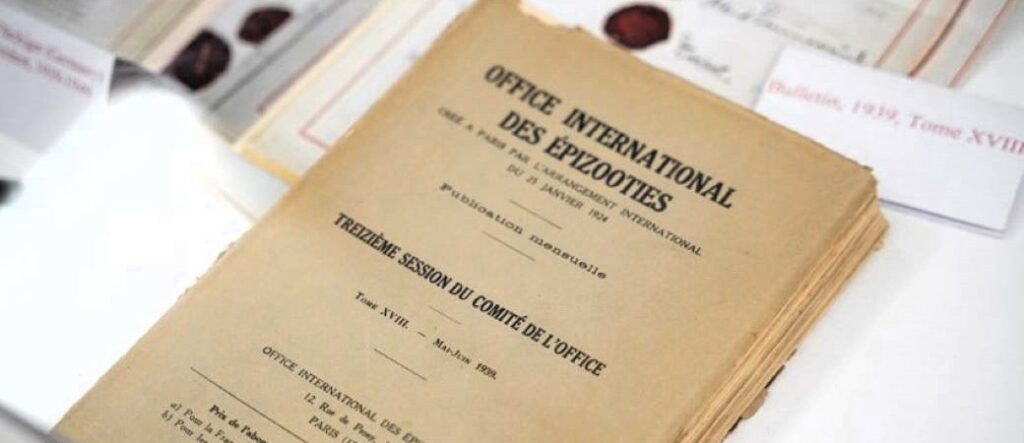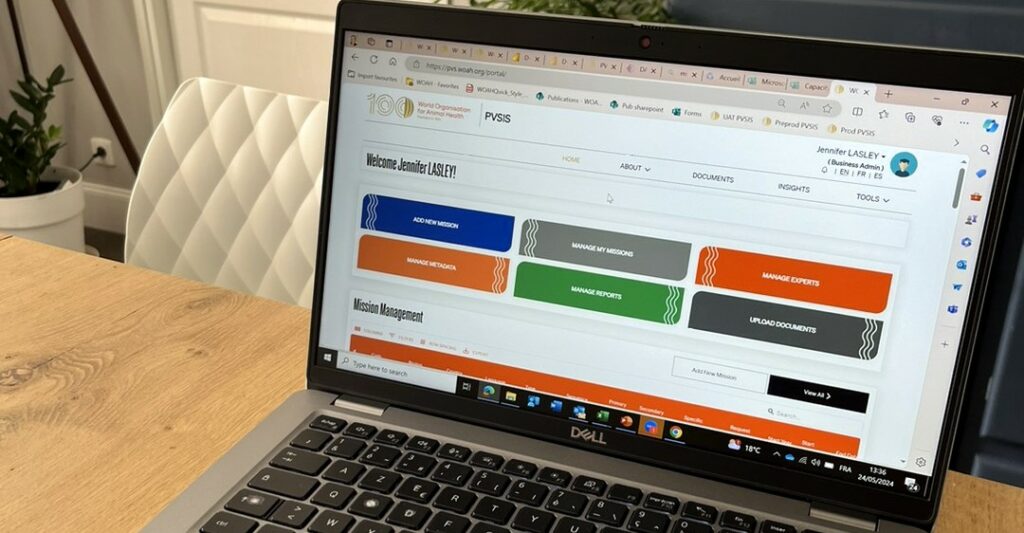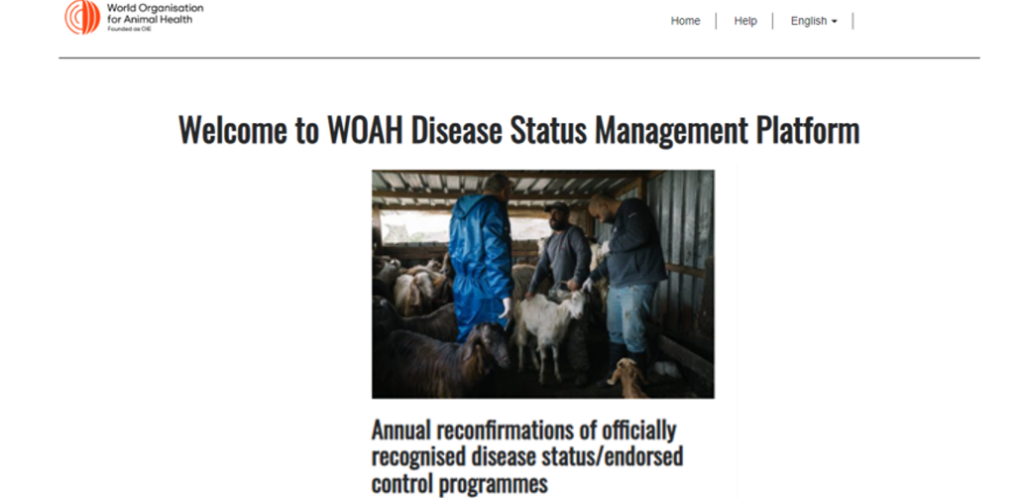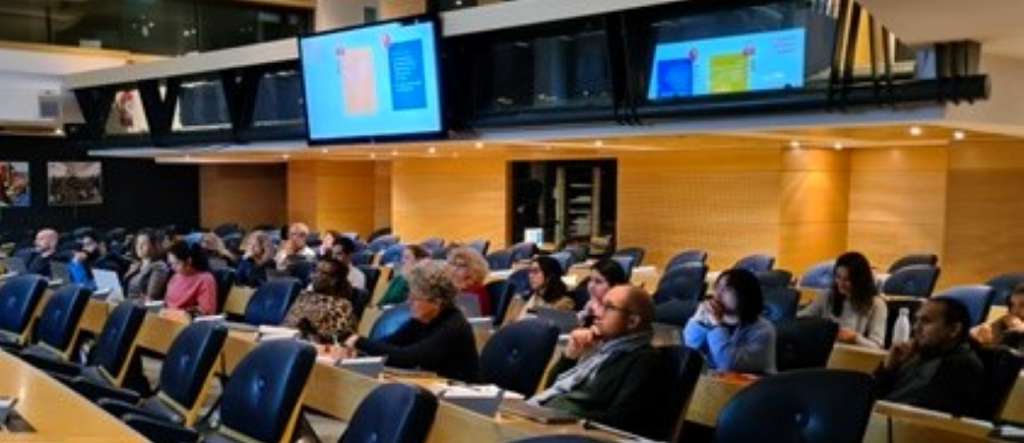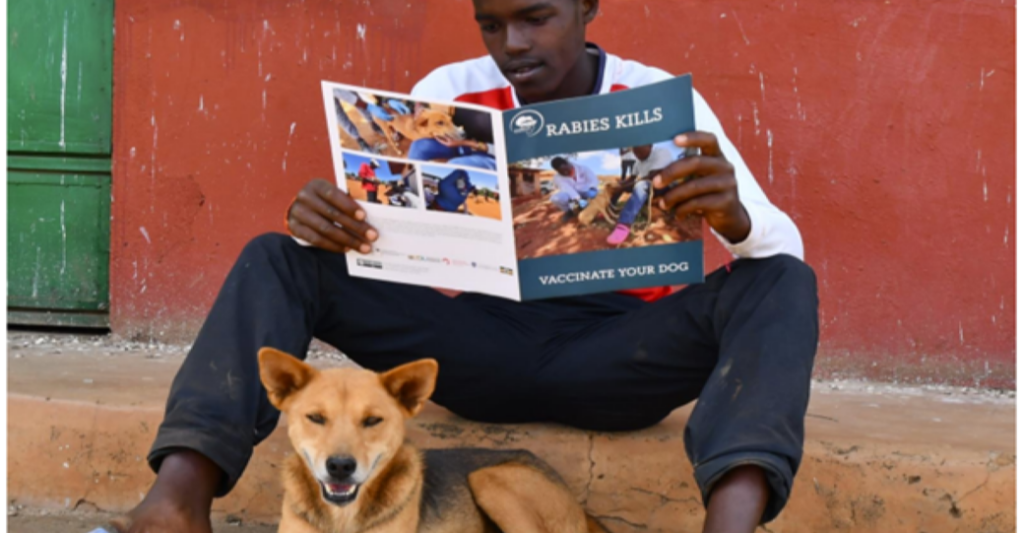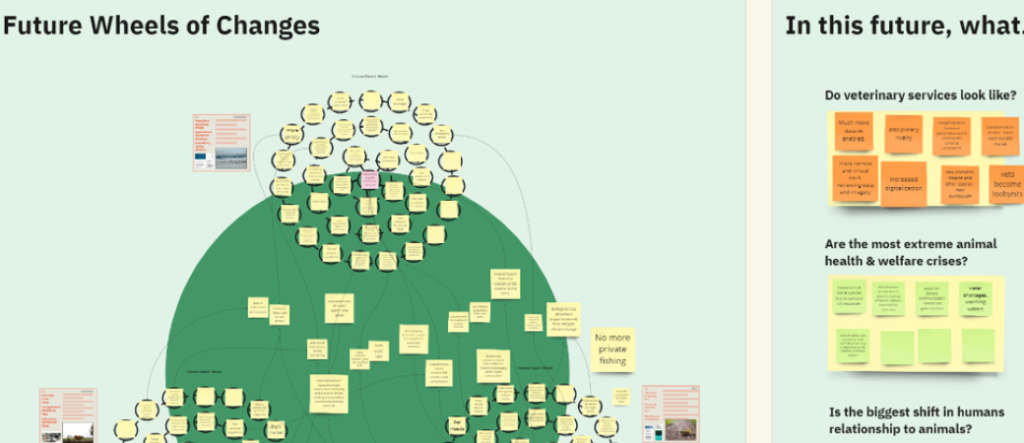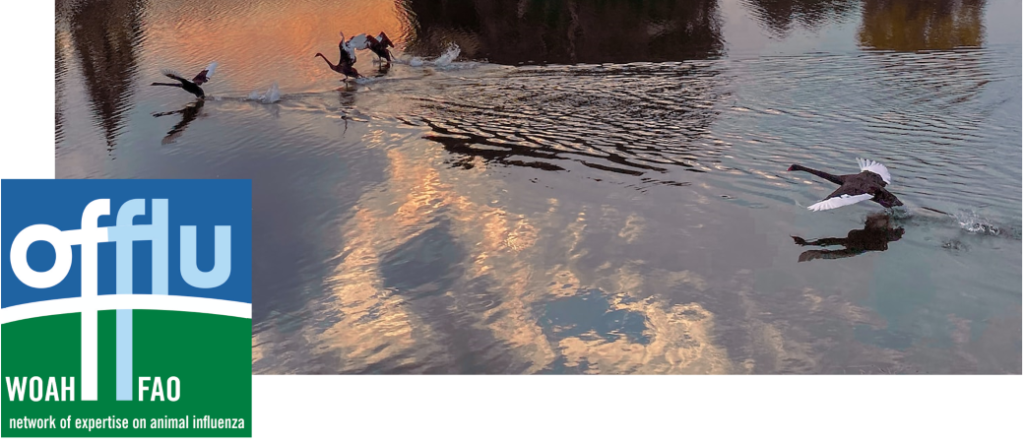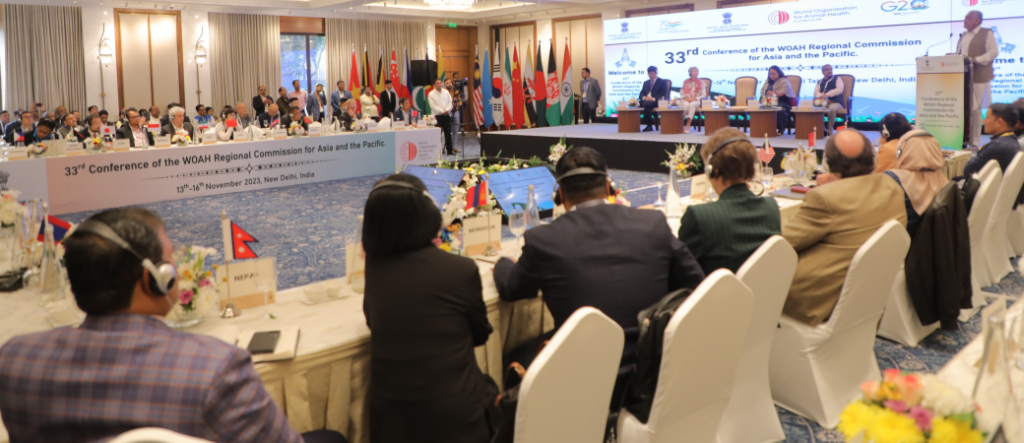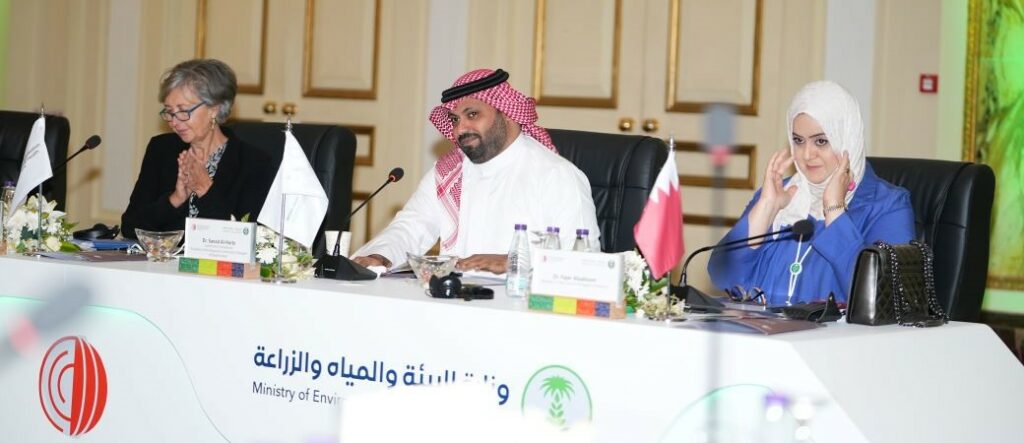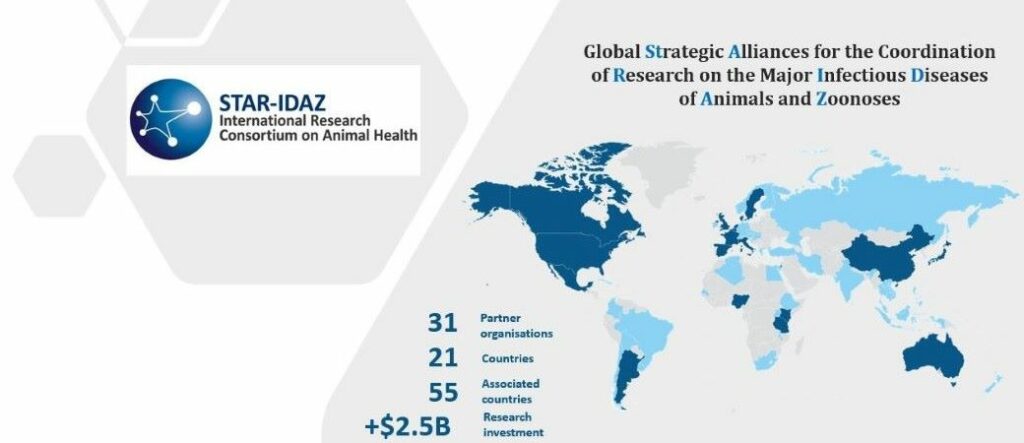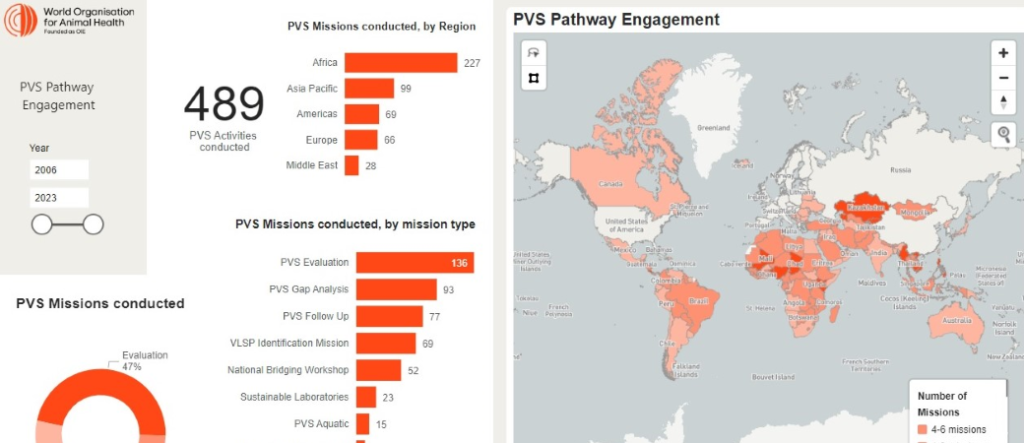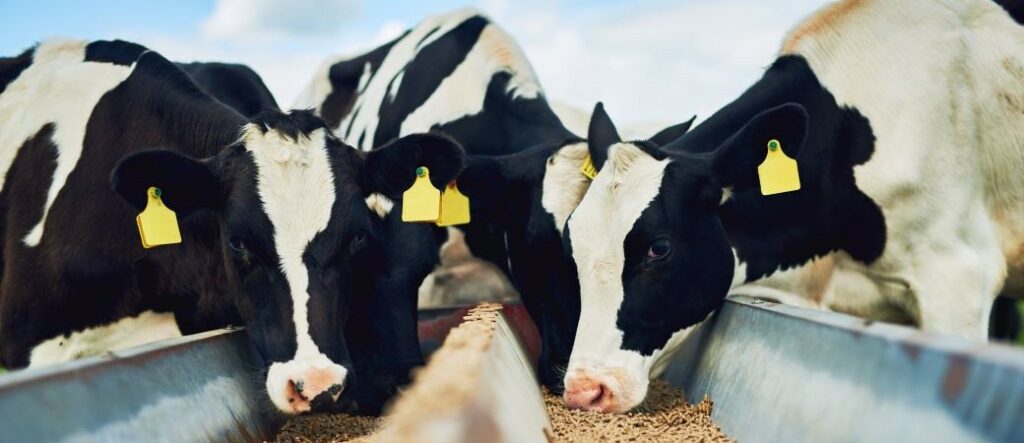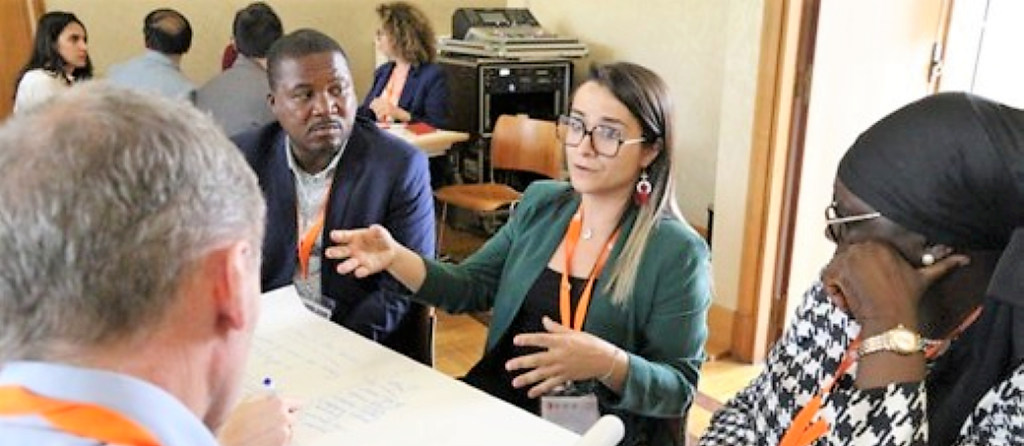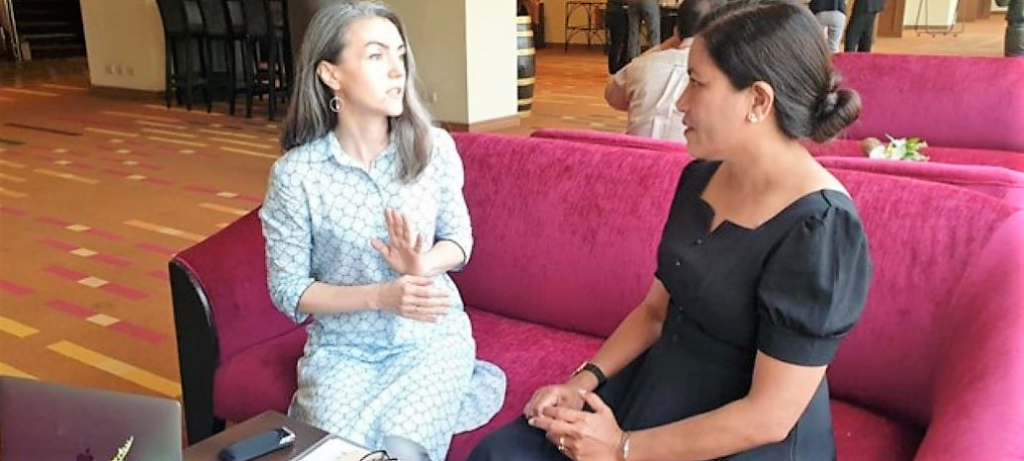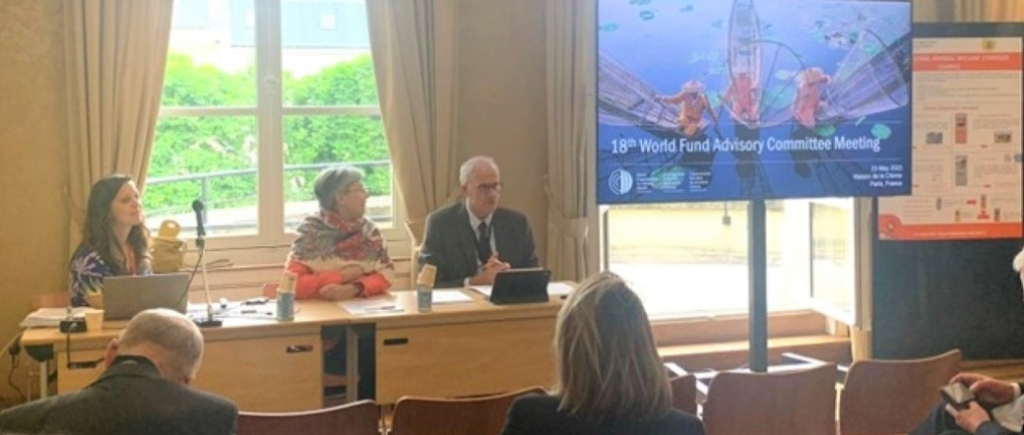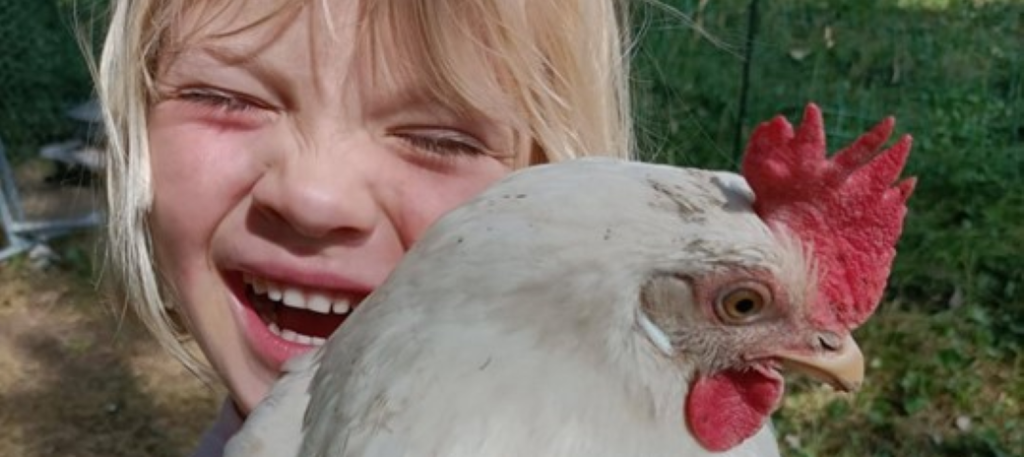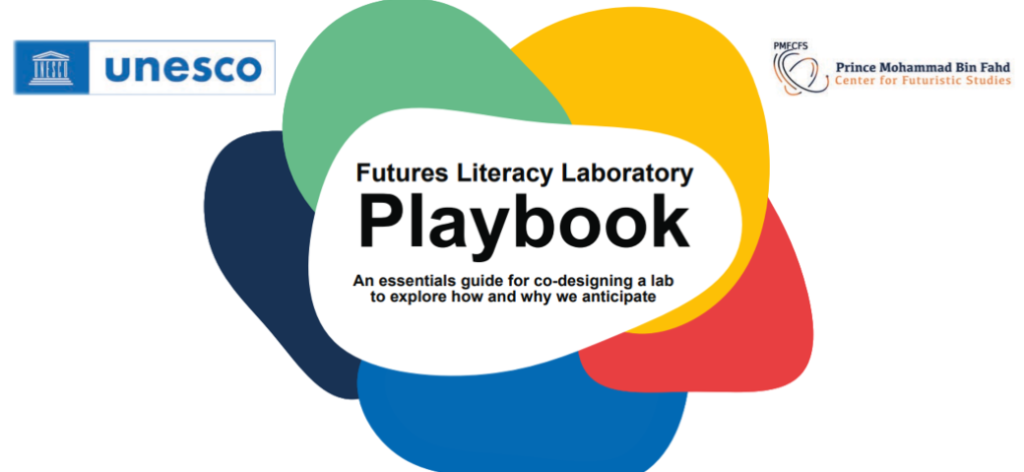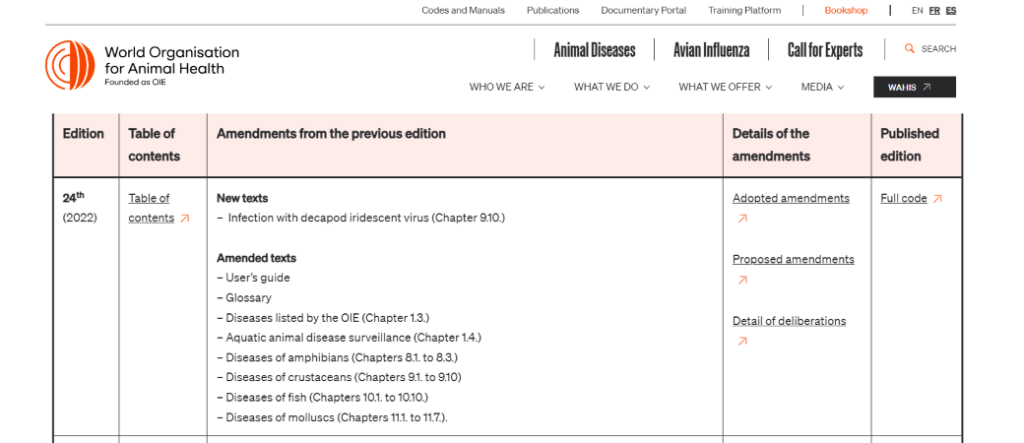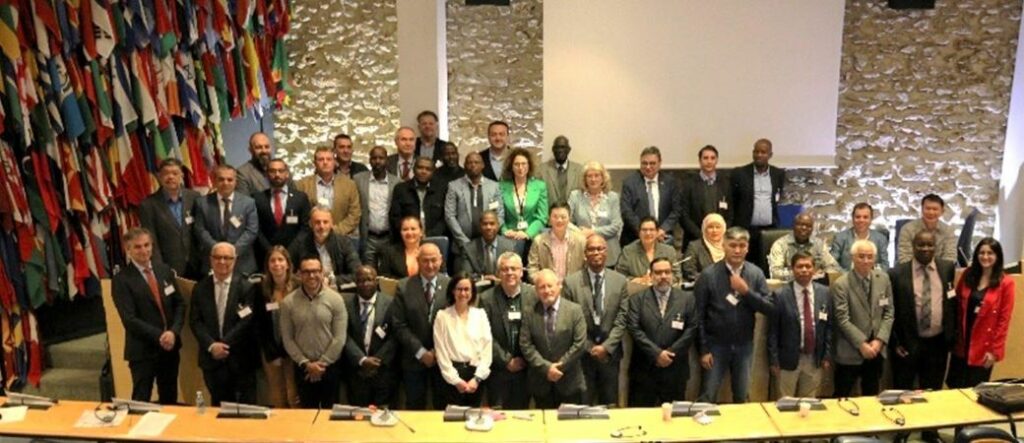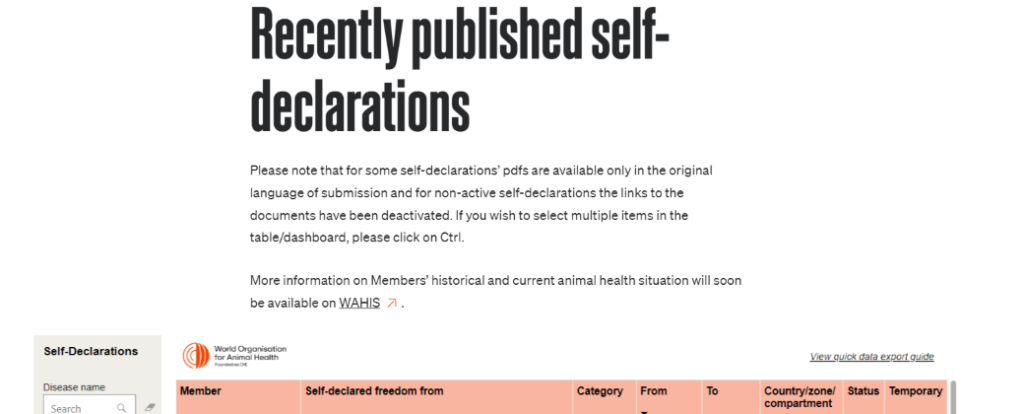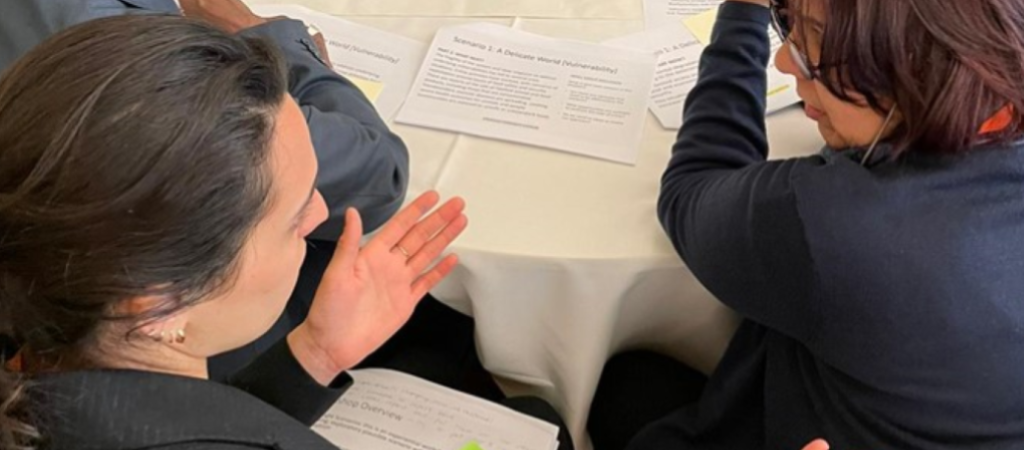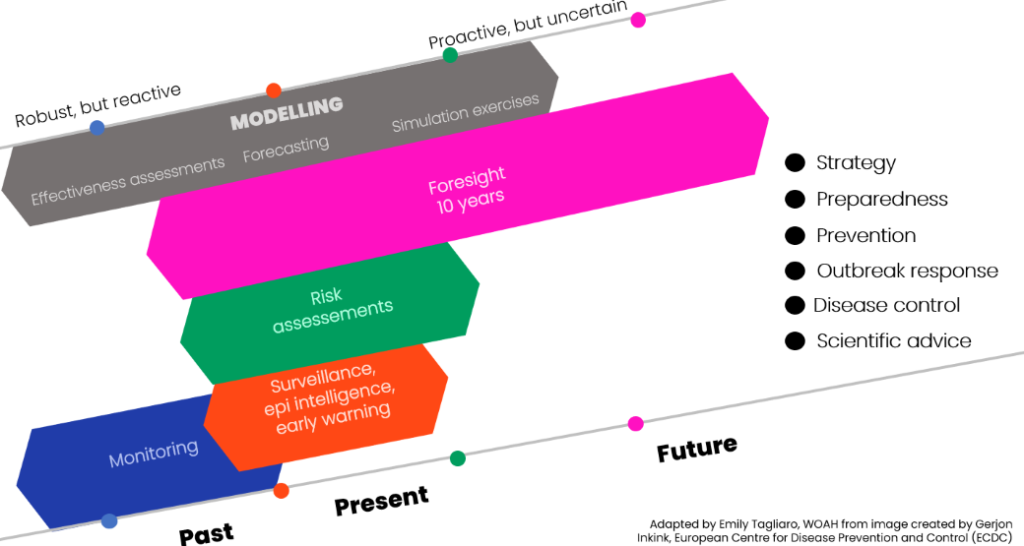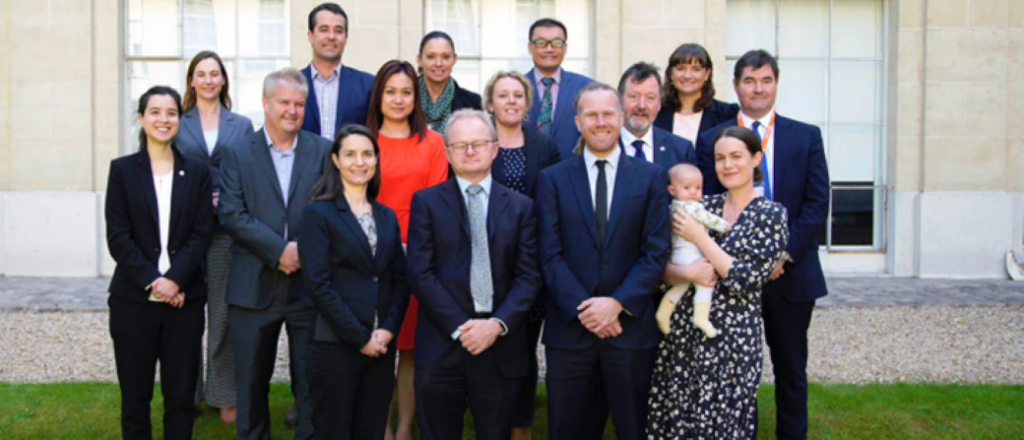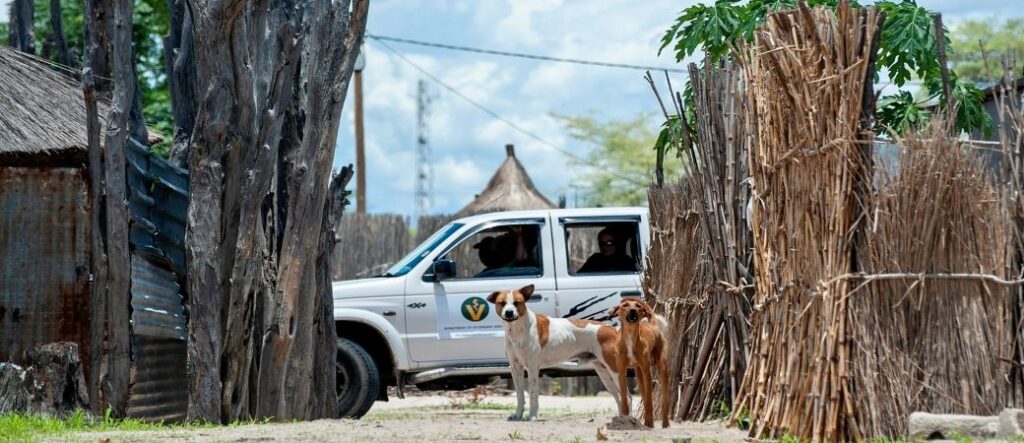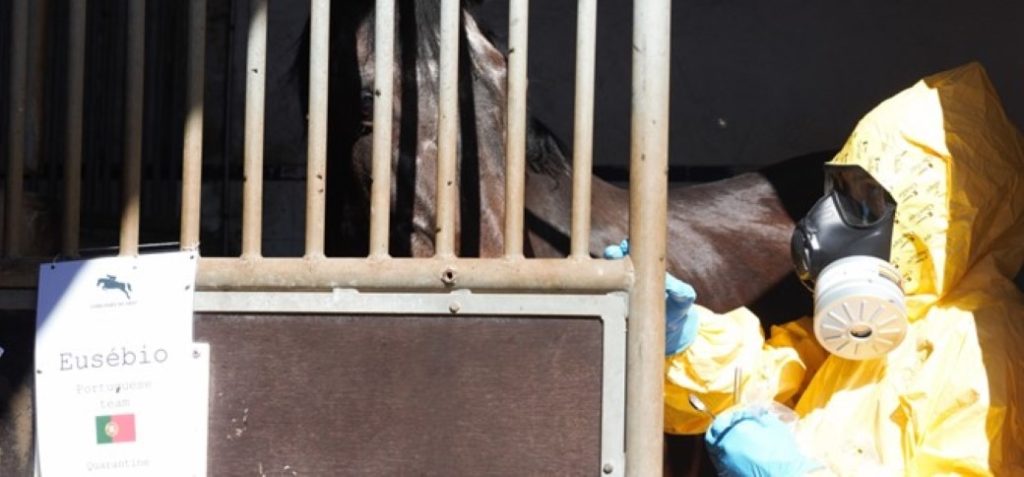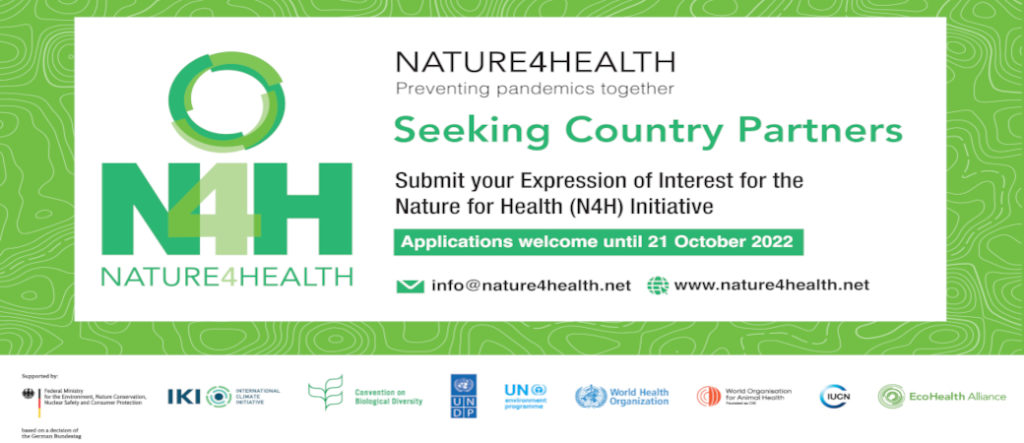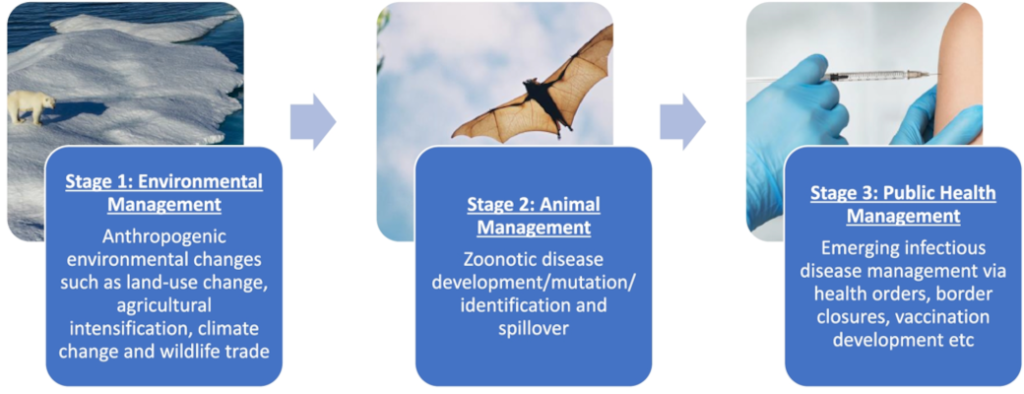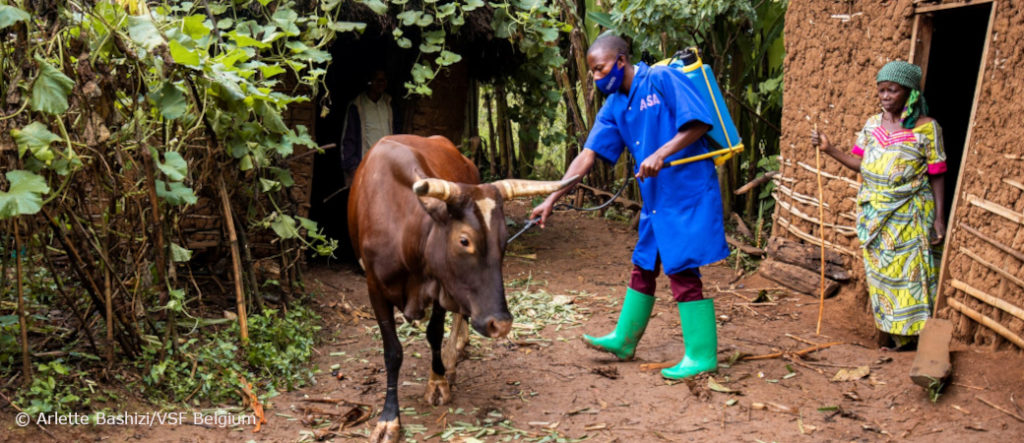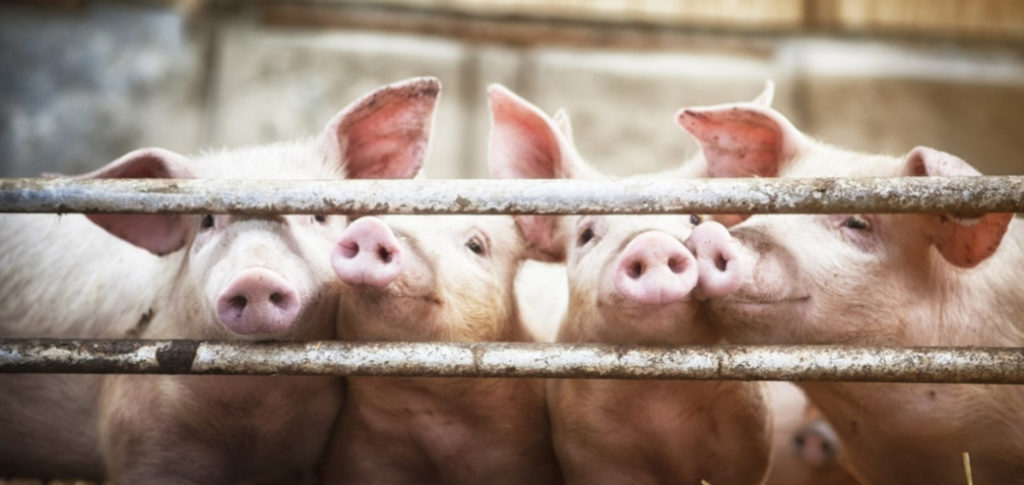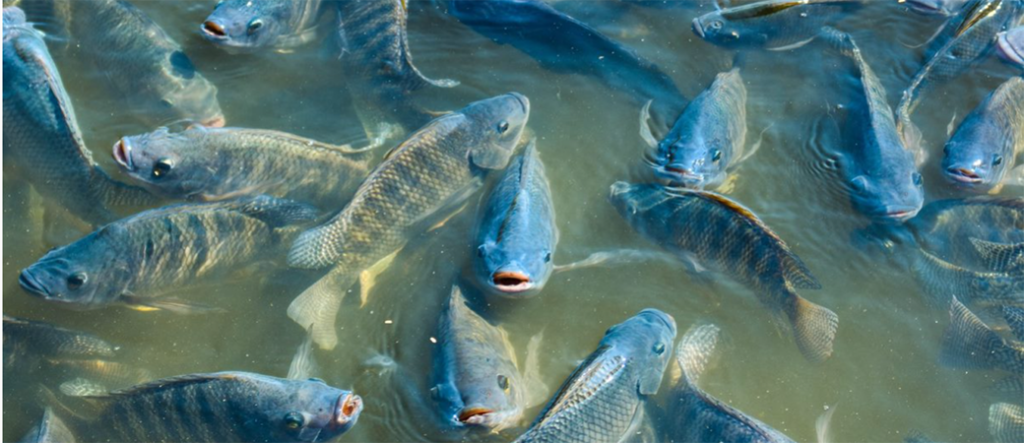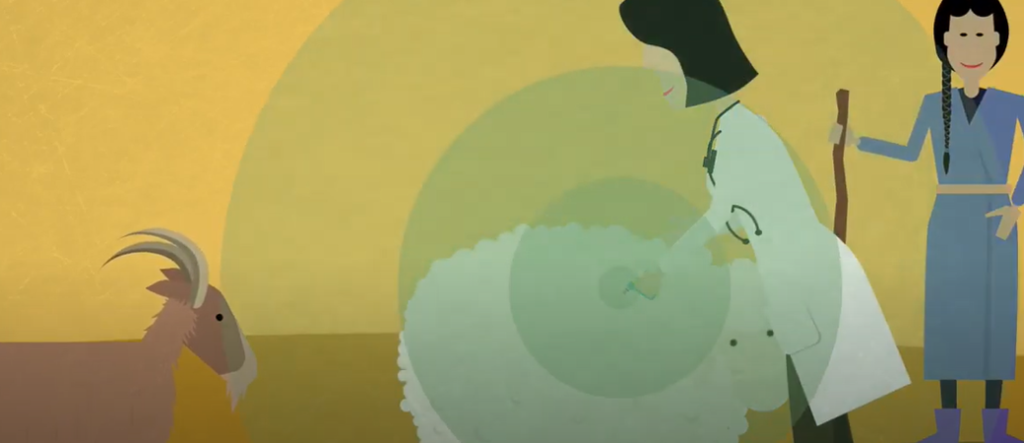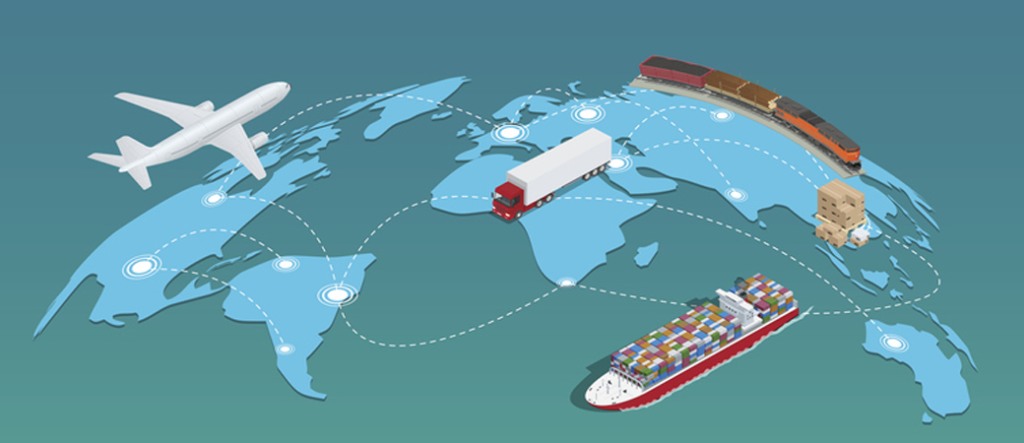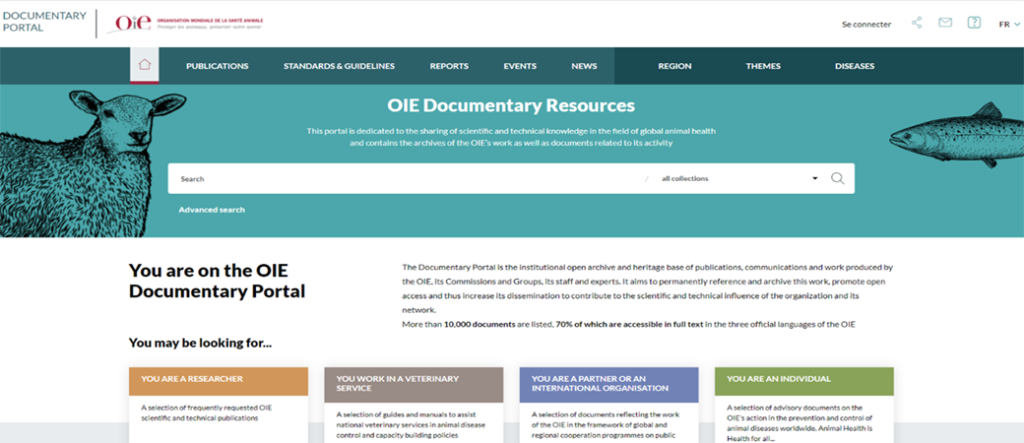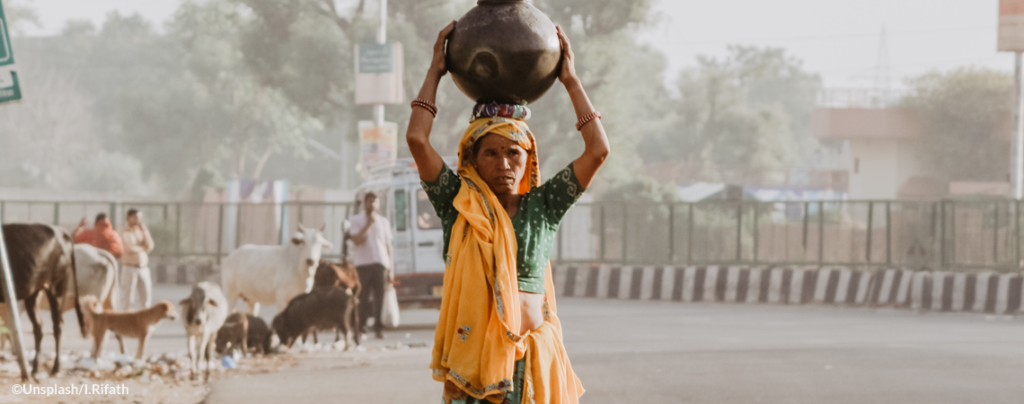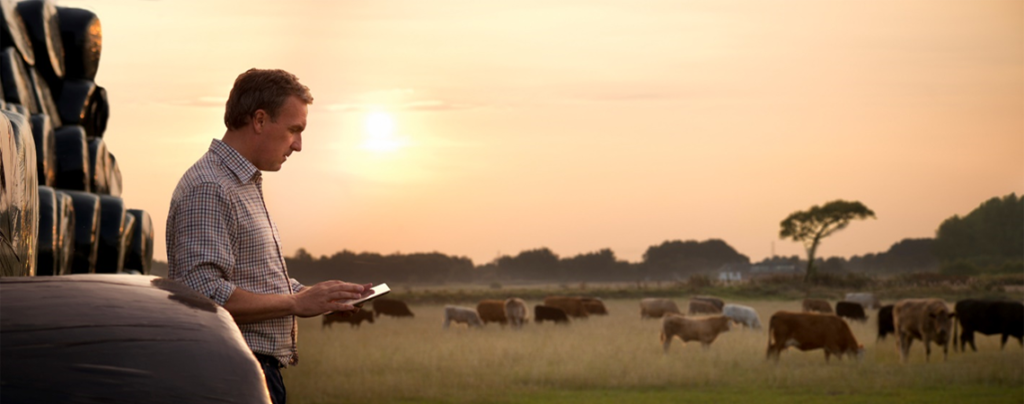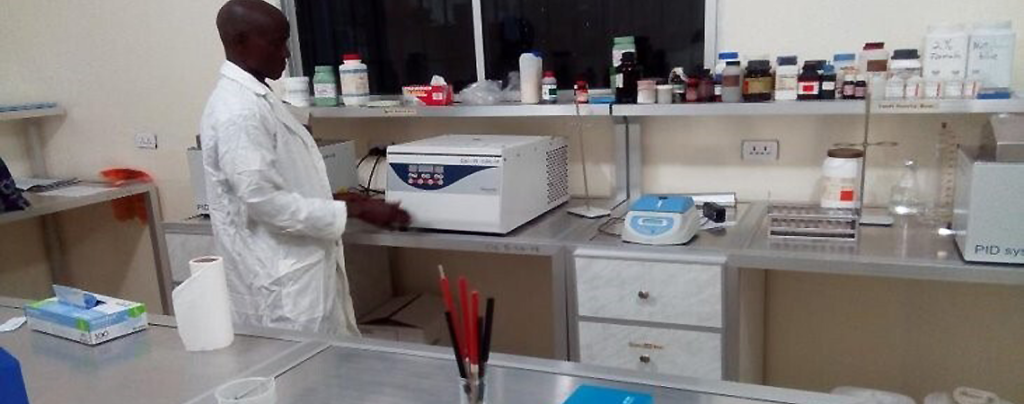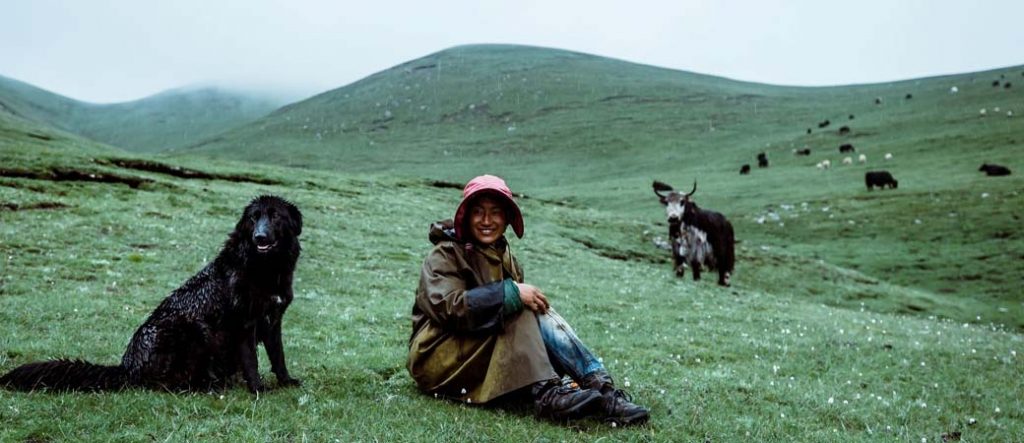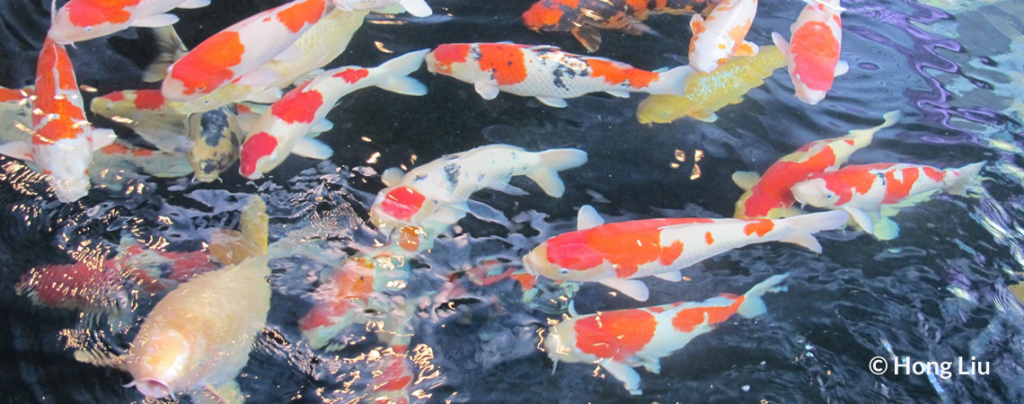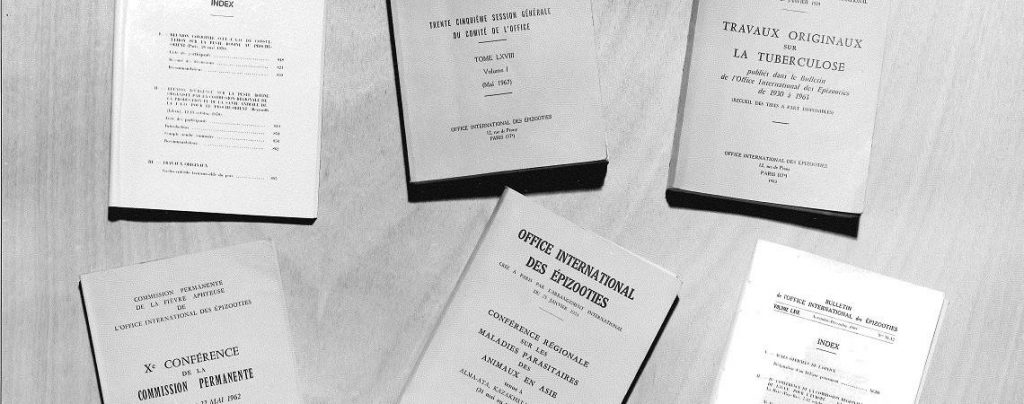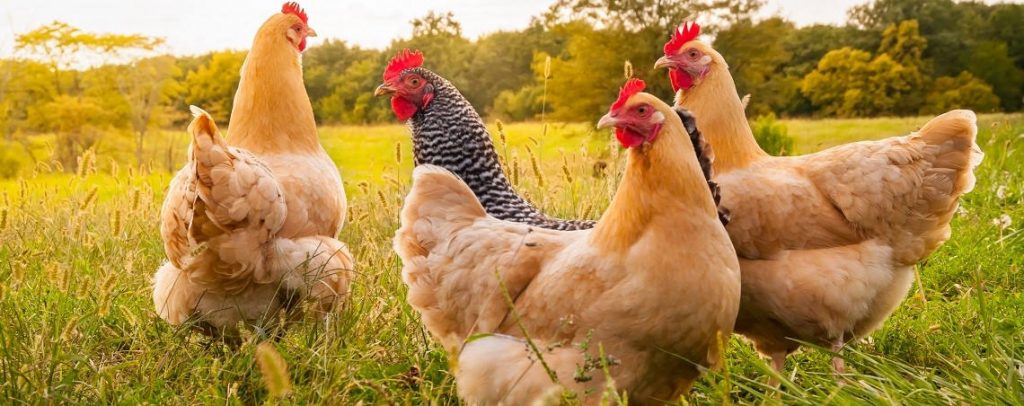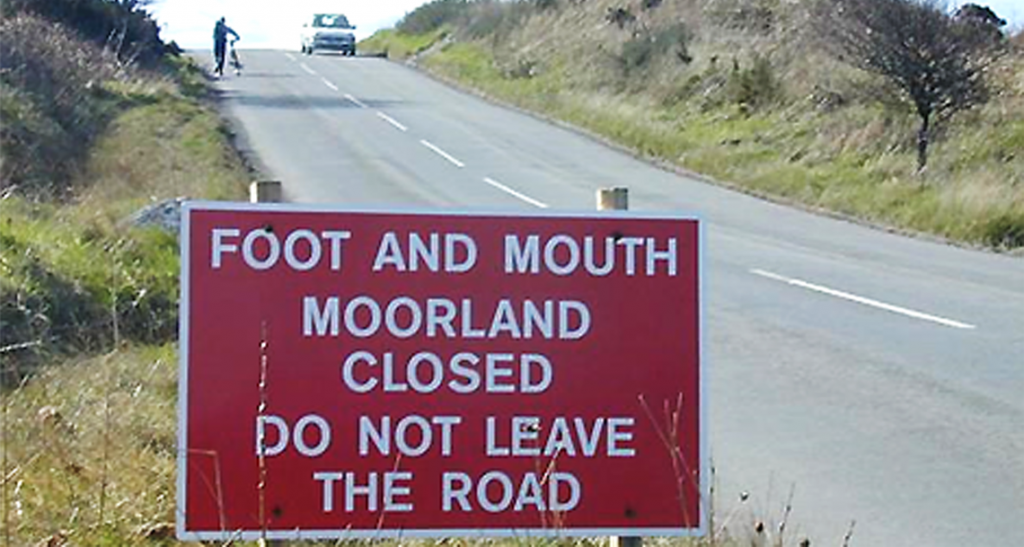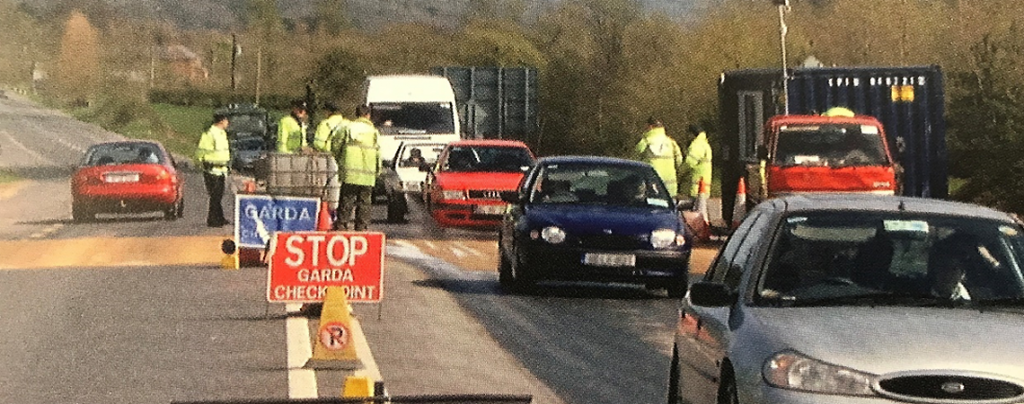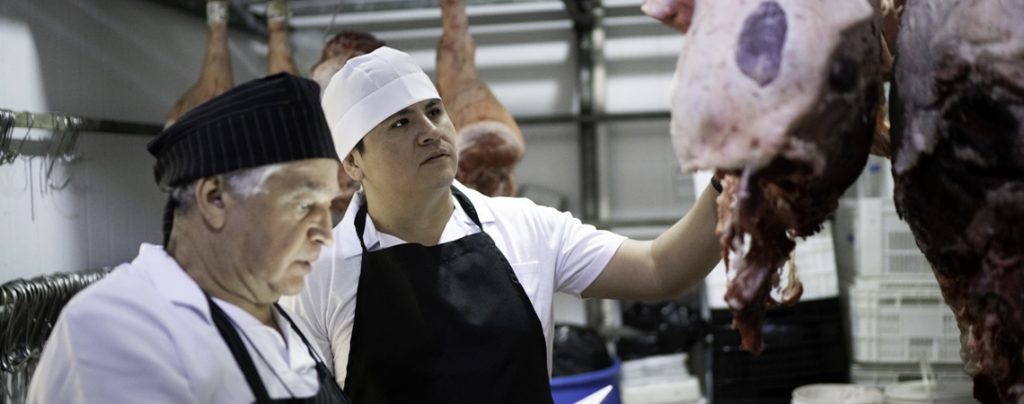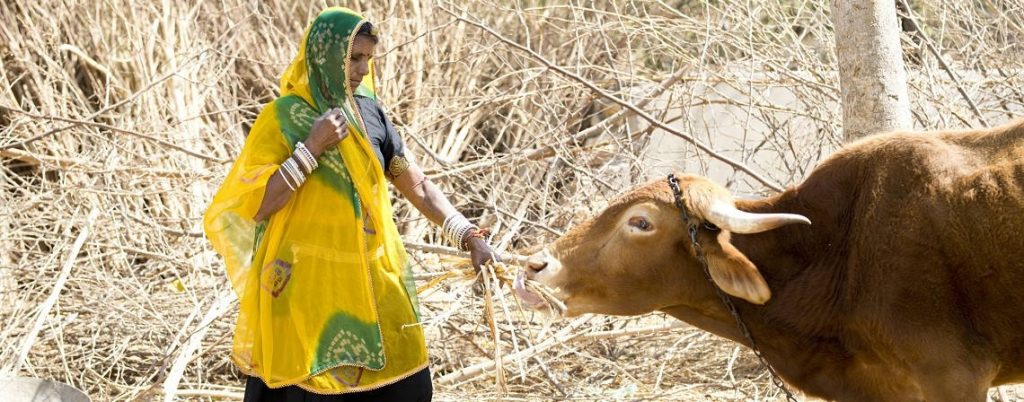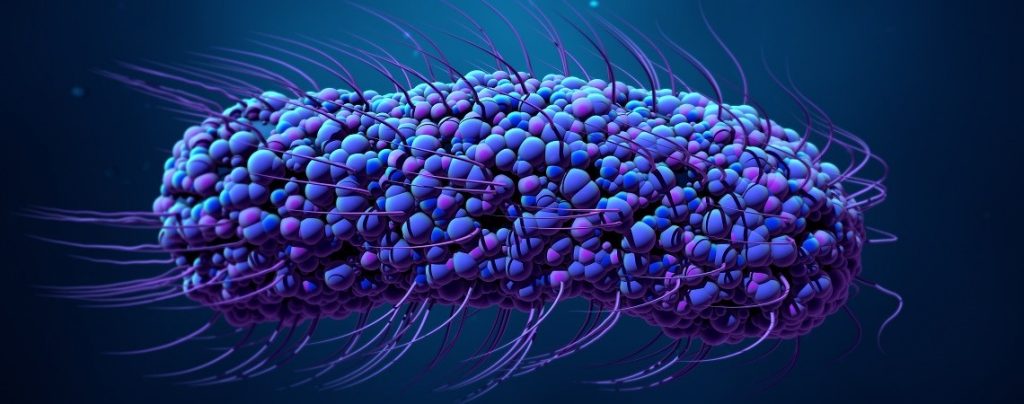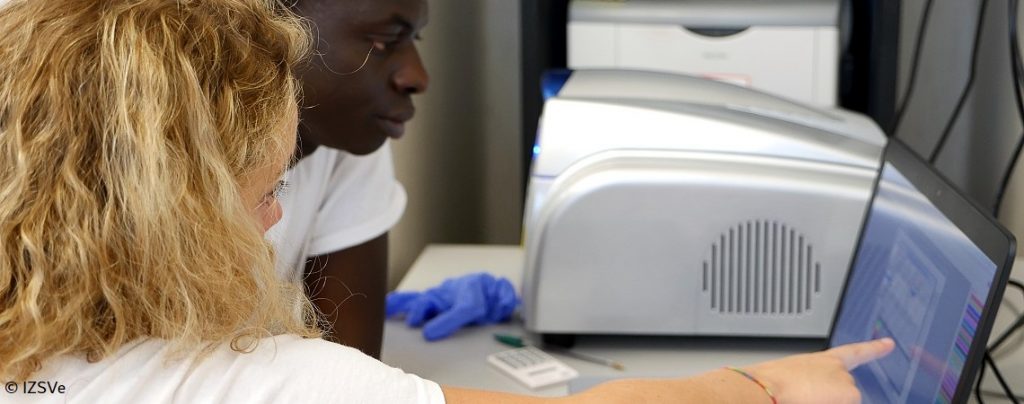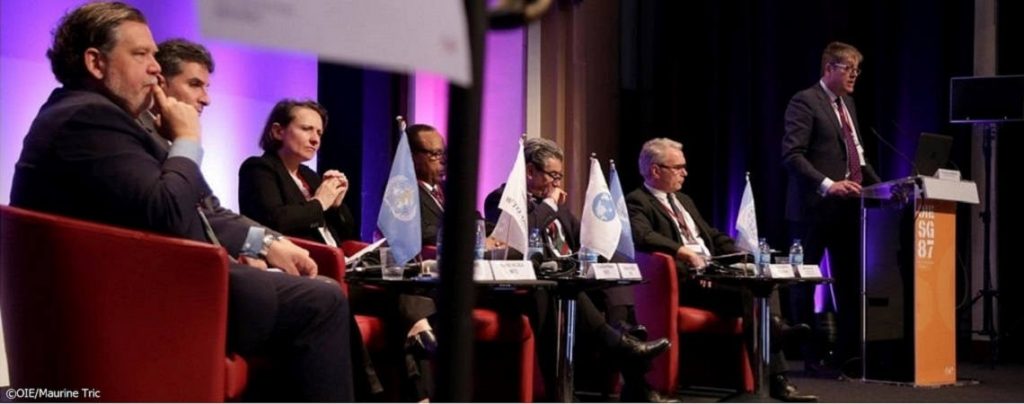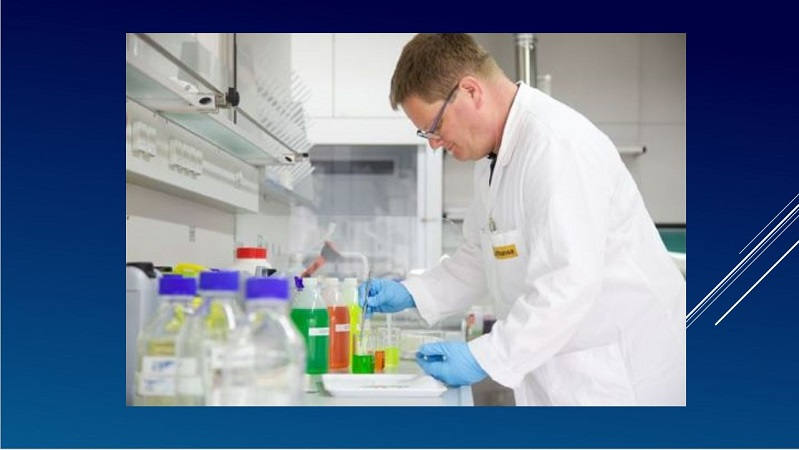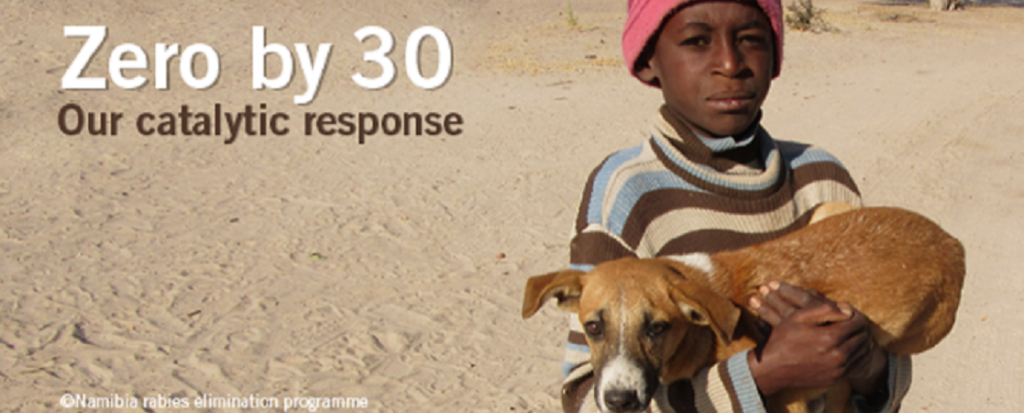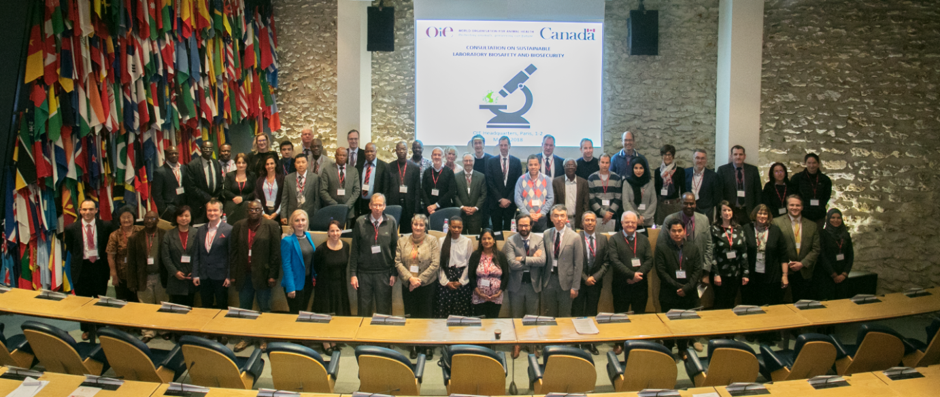INFORMATION EN CONTINU Posté sur 2024-02-26 13:35:30
Guidelines for Community Animal Health Workers
Mots-clés
A new frontier for the WOAH Workforce Development Programme
This April, the WOAH Competency and curricula guidelines for Community Animal Health Workers (CAHWs) will be available to all Members, as well as veterinary and continuing education establishments. These guidelines will aid the development of competency-based training for CAHWs.
Launched in 2020, WOAH’s workforce development programme supports Members in strengthening their ‘enabling environments’ to foster well-integrated and well-functioning workforces. Whilst WOAH’s earlier work focused on veterinarians and veterinary paraprofessionals, it recently identified the need to also recognise the role of Community Animal Health Workers in local animal health systems. Consequently, WOAH partnered with the leading NGO in the field of CAHW training, Vétérinaires sans Frontières International. The partnership has led to the creation of competency and curricula guidelines for CAHWs, via an ad hoc group in the framework of the project ‘Strengthening the enabling environment for CAHWs through the development of competency and curricula guidelines’ (funded by USAID’s Bureau for Humanitarian Assistance).
As we approach the publication of the new guidelines, we are keen to present to you the highlights of the venture.
As part of the Organisation’s directive to build capacities in the veterinary workforce, WOAH has placed greater emphasis on competency-based training. In this vein, WOAH has published recommendations on the Competencies of graduating veterinarians, as well as Competency and Curricula Guidelines for Veterinary Paraprofessionals (VPPs).
However, the need for a third component emerged. Community Animal Health Workers (CAHWs) are a key global workforce, delivering last-mile animal health services. Though their legal status varies from country to country, they are frontline service providers who carry out basic animal health care and take part in vaccination and deworming campaigns[1].
WOAH assembled an ad hoc group of experts on CAHWs to develop competency and curriculum guidelines. A multi-step selection process and extensive criteria ensured the group’s varied regional and gender representation and expertise across the required competencies. As a result, the ad hoc group comprises diverse and multidisciplinary professionals, including veterinarians, pedagogic experts and policymakers.
Across a series of meetings, the group worked on shaping the working dynamic of this innovative veterinary workforce initiative. The ad hoc adopted a collaborative approach and based its work on an extensive review of the training programmes and curricula provided to CAHWs worldwide, with a focus on Africa and Asia with recommendations for improved practices. They evaluated challenges faced by CAHWs and the potential benefits of improved competency and standardised curricula. The group’s diverse viewpoints led to a constructive dialogue and a more comprehensive understanding of existing knowledge gaps.
Involving WOAH Members in the development process
A key factor to arise was an emphasis on participatory decision-making. The group recognised the importance of involving WOAH Members in the development process. This inclusive approach ensured that the guidelines and competencies would not only be practical but would also reflect real-world challenges. To this end, WOAH Members were surveyed with a questionnaire to collate data on the following topics: CAHWs’ involvement in Veterinary Services, the regulation of CAHWs in Member countries, and Member expectations on the challenges and opportunities of CAHW involvement in the veterinary workforce.
The CAHWs competency and curricula guidelines will be launched by April 2024. These publications are organised across 11 modules, each with 40 units. The guidelines describe 23 core CAHW competencies and 17 additional competencies. Each of these competencies has 71 core and 48 additional learning outcomes. The eleven modules cover an extensive scope, outlining the following areas of CAHWs involvement: CAHW scope of work; Basic principles of animal health; Animal husbandry and production; Basic clinical and husbandry procedures; Basic animal disease management; Sampling procedures; Veterinary Medicinal Products (VMP); Population disease management; Keeping food safe; Engagement with the community; and Running a sustainable service.
Currently, regional field consultations are being carried out to assess the alignment of the guidelines with existing CAHW curricula and training materials. These consultations will gather feedback from intended users on the proposed curriculum content and format, as well as its suitability for user-specific contexts.
The guidelines will provide a basis by which CAHW training can be improved and assessed. Overall, the aim is to promote better recognition and acceptance of CAHWs as important and useful members of the veterinary workforce.
Contact: Xyomara Chavez (x.chavez@woah.org), Capacity-Building Department
Cover photo: The ad hoc group working session. © WOAH/X. Chavez
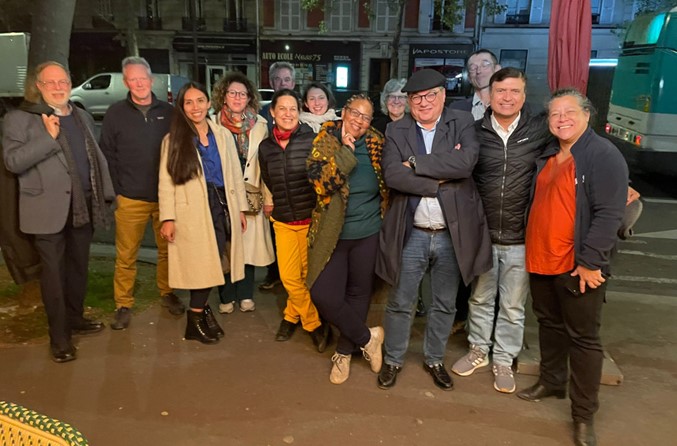
(Front row left to right) David Sherman, Andy Catley, Xyomara Chavez, Barbara Alessandrini, Elise Le Bihan, Nandipha Ndudane, Jean-Philippe Dop, Satender Arya, Véronique Renault, (Back row left to right) Tim Leyland, Alexia Rondeau, Robyn Alders and Chris Bartels – © WOAH





